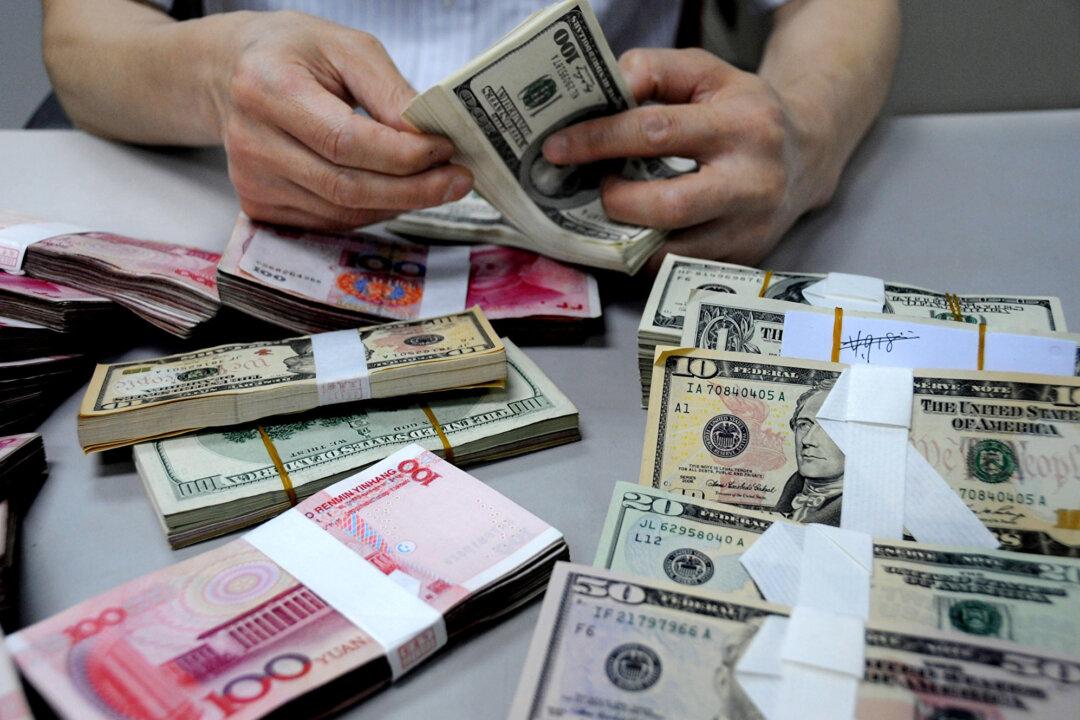India, with the world’s largest population and a huge market, is benefiting from the global trend of “derisking” from China.
Market research firm IMA India released its “2023 Global Operations Benchmarking Survey” in May, which surveyed 100 business leaders representing international B2B (business to business) companies in India. It showed that 88 percent of CEOs preferred India over China as their top choice, despite facing infrastructure, legal restrictions, and skill-related problems as their major challenges in India.






